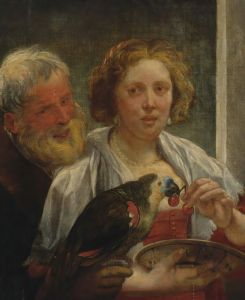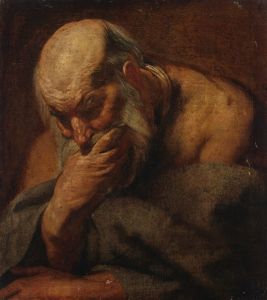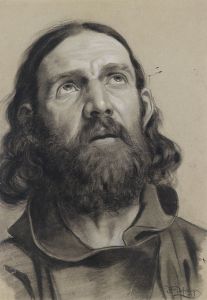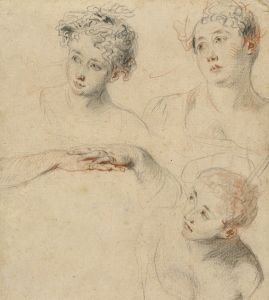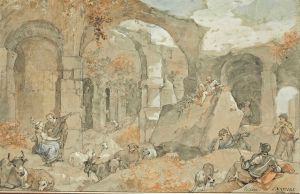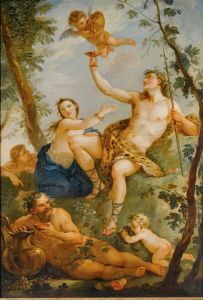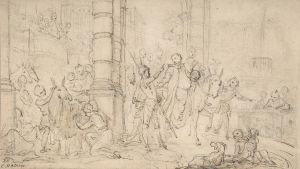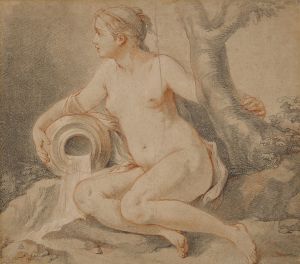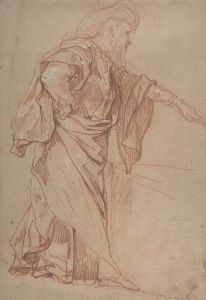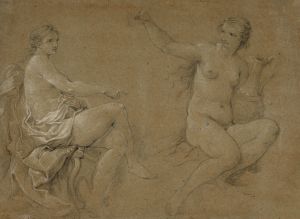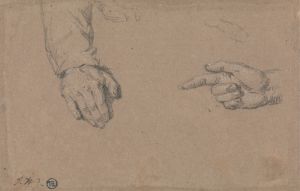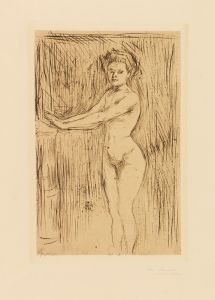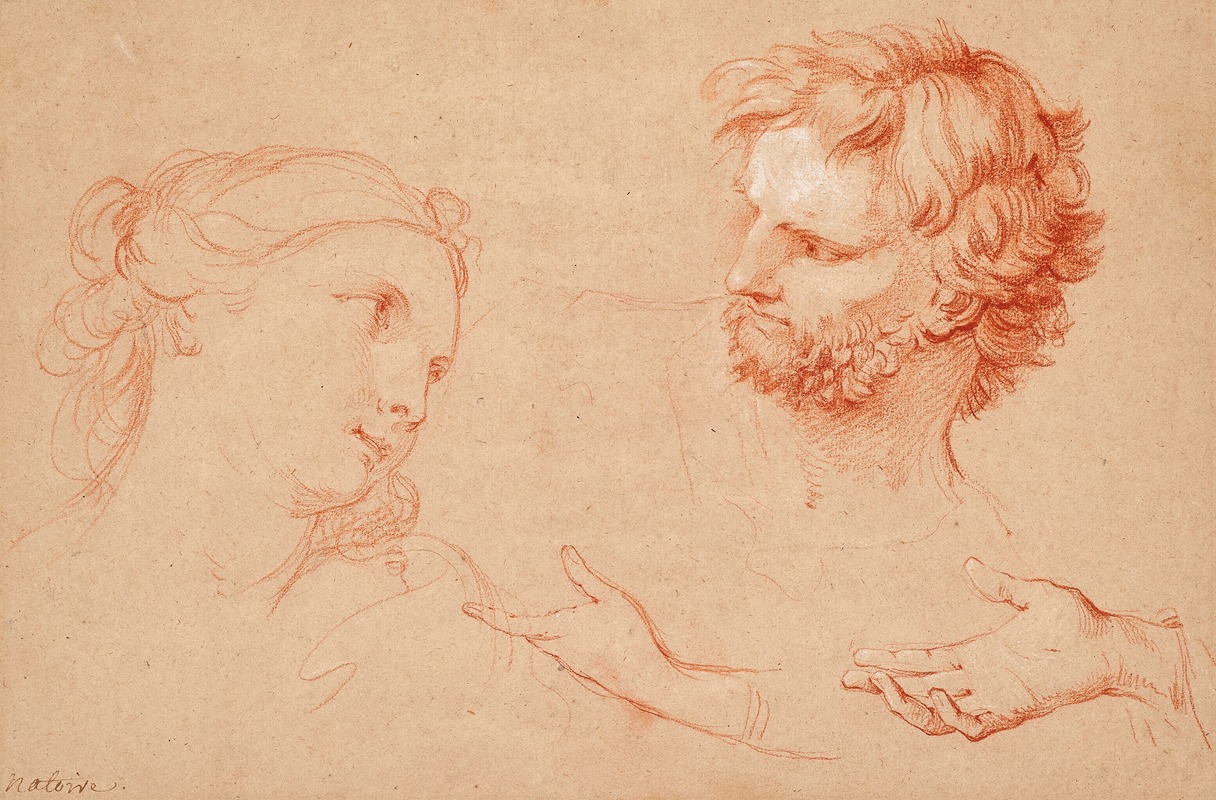
Studies of the heads of a woman and of a bearded man and studies of hands
A hand-painted replica of Charles-Joseph Natoire’s masterpiece Studies of the heads of a woman and of a bearded man and studies of hands, meticulously crafted by professional artists to capture the true essence of the original. Each piece is created with museum-quality canvas and rare mineral pigments, carefully painted by experienced artists with delicate brushstrokes and rich, layered colors to perfectly recreate the texture of the original artwork. Unlike machine-printed reproductions, this hand-painted version brings the painting to life, infused with the artist’s emotions and skill in every stroke. Whether for personal collection or home decoration, it instantly elevates the artistic atmosphere of any space.
Charles-Joseph Natoire was an 18th-century French painter known for his contributions to the Rococo movement. His works often featured classical themes, mythological subjects, and elegant compositions. One of his notable pieces is "Studies of the Heads of a Woman and of a Bearded Man and Studies of Hands," which showcases his skill in capturing human expressions and anatomy.
This artwork is a study drawing, a common practice among artists of the time to refine their techniques and explore different aspects of human form. Natoire's study includes detailed sketches of two heads and several hands, demonstrating his focus on understanding the subtleties of human features and gestures. The heads depicted in the drawing are of a woman and a bearded man, each rendered with careful attention to detail. The woman's head is characterized by delicate features and an elegant expression, while the bearded man's head is robust, with a strong profile that suggests wisdom or authority.
The studies of hands in the drawing further highlight Natoire's interest in anatomy and movement. Hands are often considered one of the most challenging parts of the human body to depict accurately, and Natoire's sketches reveal his dedication to mastering this aspect of figure drawing. The hands in the study are shown in various positions, each capturing a different gesture or action, which would have been essential for Natoire's larger compositions.
Natoire's work was heavily influenced by his training at the French Academy in Rome, where he was exposed to the works of classical antiquity and the Italian Renaissance. This influence is evident in his precise line work and the classical proportions of the figures in his studies. His time in Rome also allowed him to study the works of Raphael and other masters, which informed his approach to composition and form.
"Studies of the Heads of a Woman and of a Bearded Man and Studies of Hands" reflects Natoire's role as a prominent figure in the Rococo movement, which emphasized ornate detail, lightness, and elegance. While this particular study may not have been intended as a finished piece, it provides valuable insight into Natoire's artistic process and his commitment to capturing the beauty and complexity of the human form.
Natoire's contributions to art extend beyond his drawings and paintings; he also served as the director of the French Academy in Rome from 1751 to 1775, where he influenced a generation of artists. His legacy is preserved in various collections, including the Louvre Museum in Paris, which houses several of his works.
Overall, "Studies of the Heads of a Woman and of a Bearded Man and Studies of Hands" is a testament to Charles-Joseph Natoire's skill as a draftsman and his dedication to the study of human anatomy, which played a crucial role in his success as a Rococo artist.





